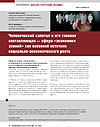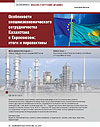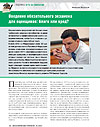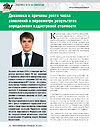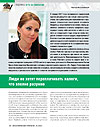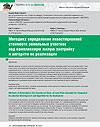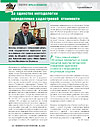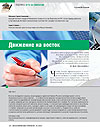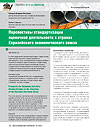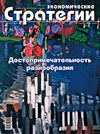
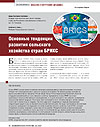
BRICS countries today are the most intensively developing countries of the world economy, since they have a rich resource base, scientific and labor potential. According to leading economists it is economic growth of Brazil, Russia, India, China and the Republic of South Africa that will ensure the future economic growth of the world economy. At the same time, the BRICS countries are the largest agricultural producers, accounting one third of the world agricultural production. About half of the world’s pork volume and about one third of poultry and beef are produced at their territory. At the same time, there are certain trends of specialization of each country in the world agricultural market. All of above enumerates stipulate relevance to study of current state and development prospects of agriculture in the BRICS countries. The methodological basis of the study, results of which are presented in the article, are statistical methods for analyzing the level of development of agriculture and cross-country comparisons. They make it possible to obtain a quantitative assessment of the place of each country in the world market of agricultural product.
Продолжить чтение



